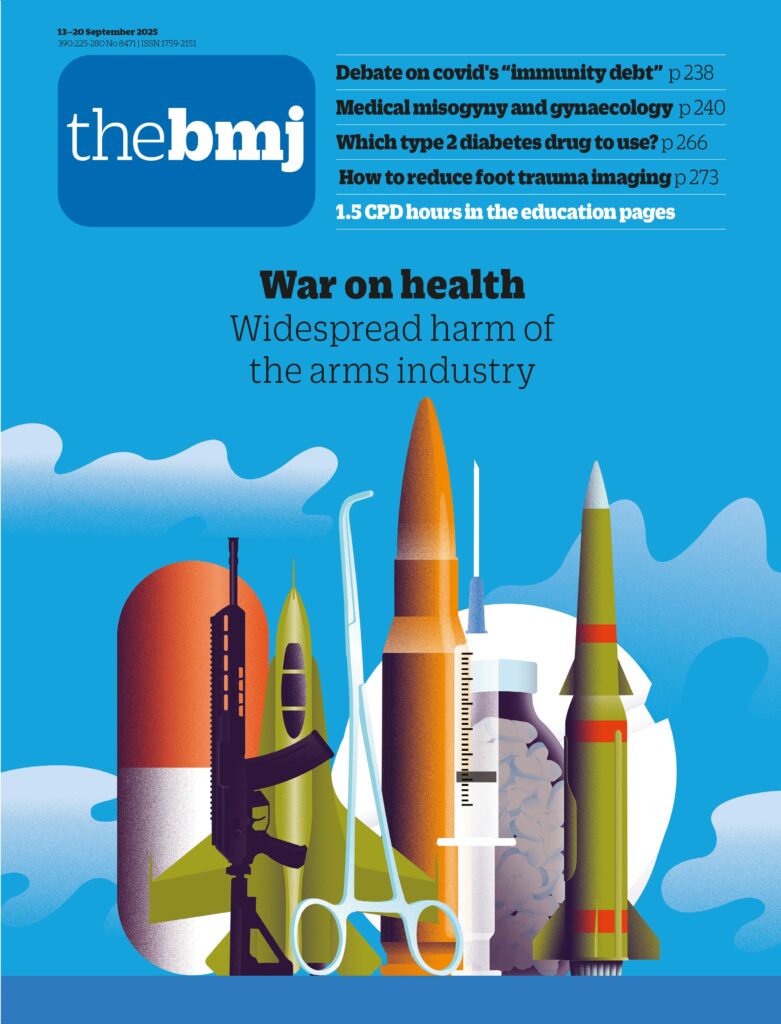- Bastiaan Van Grootven, Ambizione fellow12,
- Maria José Mendieta Jara, postdoctoral researcher1
- 1Institute of Nursing Science, Public Health, University of Basel, Switzerland
- 2Department of Public Health, KU Leuven, Belgium
- Correspondence to: B Van Grootven bastiaan.vangrootven{at}unibas.ch
Advances in cancer treatment have affected patients worldwide. However, these advancements have also introduced new risks that must be balanced against the benefits of treatment. One potential complication is cancer therapy related cardiac dysfunction, when certain anticancer agents unintentionally damage healthy heart tissue.1 This leads to impaired cardiac function and occurs through mechanisms such as oxidative stress, mitochondrial dysfunction, disruption of cardiomyocyte signalling, and inflammation.1 For example, anthracyclines generate reactive oxygen species that impair mitochondrial function, leading to toxicity in cardiomyocytes and other cardiac cells. Six out of 100 patients undergoing cancer treatment each year will experience this cardiac dysfunction.2 The incidence increases to 10 out of 100 for adults aged 50 years or older, and it is highest in patients with breast cancer. Treatment interruptions or even discontinuation may result, leading to additional burdens to patients and a lower quality of life.3
Risk prediction refers …

